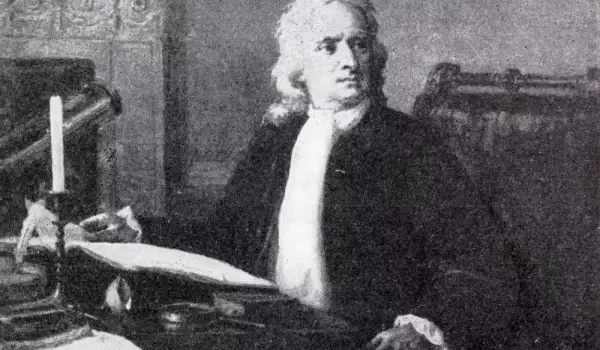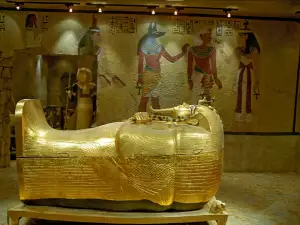Notes containing an unpublished and unknown to science theory have been found by accident. The discovery was made by a team of British scientists, who announced their find to Nature Plants journal and the site Science News.
The notes belonging to Newton are from the period of 1661-1665, when the brilliant scientist was a student at the University of Cambridge. They contain his written down observations, reflections, descriptions of various experiments in the fields of math, metaphysics and physics.
The researchers who began studying the written notes have found a text half a page long in which Newton had been pondering how water goes from the roots of trees up to their leaves.
What's more - Newton had been trying to describe the role that light and the movement of water particles play for life and the development of plants.

Even though he did not reach any categorical conclusions, his reflections on this issue turned out to be prophetic and his description of the way water moved - accurate.
Nearly 200 years later, science managed to explain this natural method through the capillary action of the vertical movement of liquids and osmosis.
Isaac Newton's notebook containing the unpublished notes were donated to the University of Cambridge in 1872 by relatives of the British scientist. They had thought that it contained nothing worth actually publishing.
Isaac Newton was a brilliant mathematician, astronomer, philosopher and theologian. He was of prime significance to the development of mathematics and various fields of physics and is seen as one of the pioneers of the Scientific Revolution.
Among his most crucial discoveries in the field of physics is his formulation of the law of attraction, which laid the foundation for classical mechanics.
Newton was the 1st scientist to formulate the momentum conservation principle and angular momentum principle. He worked on studying the degradation and the nature of light, the speed of sound, the formation of stars and more.
















